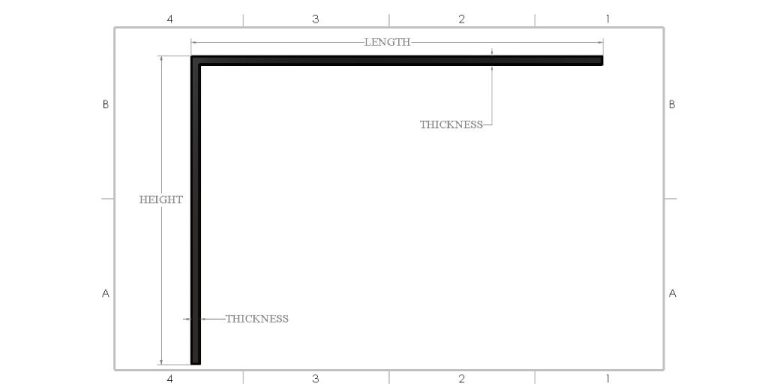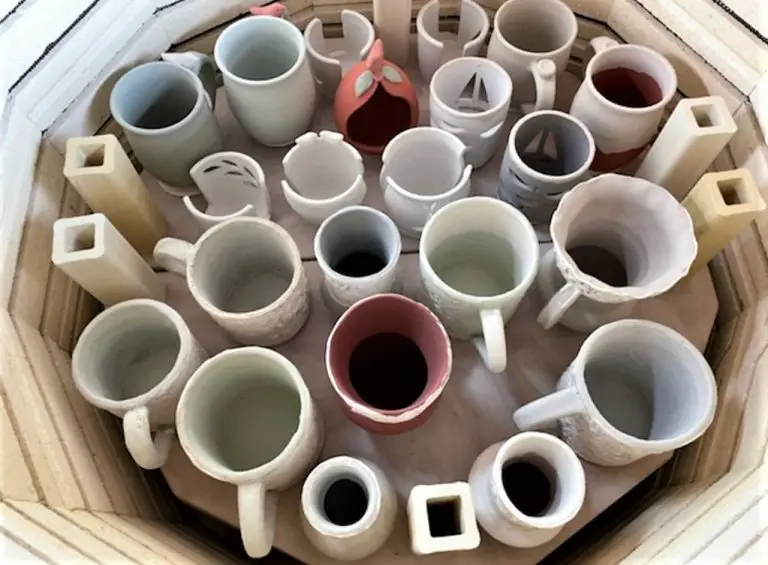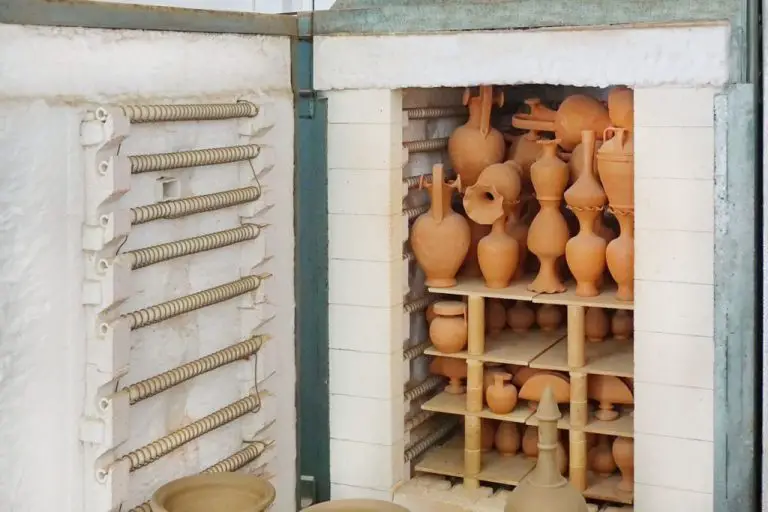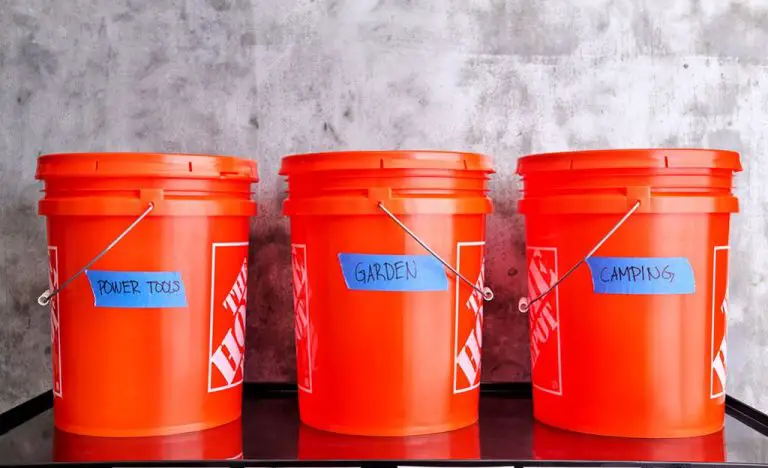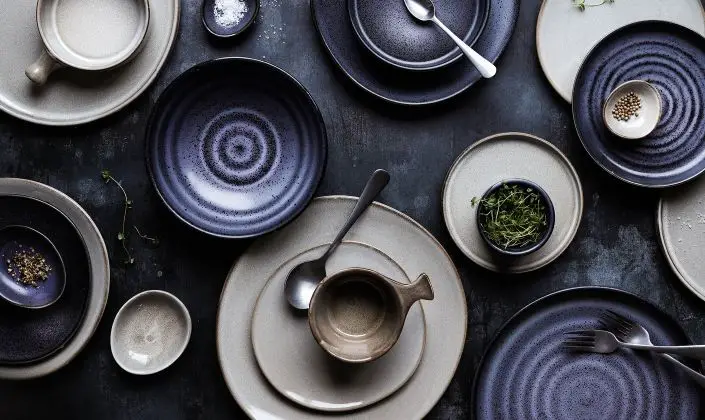How Can I Start Making My Own Jewelry?
Jewelry making has become a popular hobby for many people as a creative outlet to design their own accessories. According to surveys, over 50% of jewelry makers consider it a relaxing escape from everyday stresses. Reasons people enjoy making their own jewelry include having the ability to create customized gifts for friends and family, starting a small business selling their designs, and simply embracing their creativity through a fun craft.
The type of jewelry you can make is vast, ranging from necklaces, bracelets, rings, and earrings, to more advanced wire-wrapping, beadwork, chain making, and metal smithing. With some basic tools and materials, the possibilities are endless for turning simple components into beautiful, personal pieces to wear or give as heartfelt gifts. This introduction will explore everything you need to know to get started with this gratifying hobby.
Getting Inspired
Before making your own jewelry, it’s important to get inspired by looking at different jewelry designs and styles. Here are some tips for finding jewelry inspiration:
Look through jewelry catalogs, websites like Etsy, and Pinterest boards to get ideas. Pay attention to jewelry styles, colors, shapes, and materials that catch your eye. For example, check out the “Artists’ Inspiration” board on Pinterest by Kirtilal for sketches and photos of jewelry designs (https://in.pinterest.com/kirtilalsonline/artists-inspiration/).
Study different jewelry styles like bohemian, minimalist, vintage, etc. Think about what styles you’re drawn to. Look up images online to see examples of each style.
Make a mood board or inspiration board of jewelry designs and styles you want to try making. This will give you a visual reference to use as you start designing your own pieces.
Gathering Supplies
Before starting your first jewelry project you’ll need to gather the basic tools and materials. Some essential jewelry making tools include pliers, wire cutters, jewelry mandrels, and bead boards (Amazon). These tools will help you shape, cut, and work with your materials to create jewelry.
You’ll also need materials such as beads, charms, chains, clasps, string, wire, and jewelry findings. You can purchase individual supplies or buy a complete jewelry making starter kit. Kits like this one from Sunnyclue contain all the essential tools and materials for beginners to start making jewelry right away (Amazon). Getting a starter kit allows you to try out jewelry making without investing in lots of individual supplies.
Once you gain skills and want to advance, you can purchase more specialized tools and higher quality materials for your projects. But a basic starter kit is a great way for any beginner to have everything they need to start creating their own jewelry.
Learning Techniques
There are several fundamental jewelry making techniques you’ll need to learn as a beginner. Some key techniques include:
- Stringing beads – Threading beads onto beading wire or cord is one of the simplest jewelry making techniques. You can create necklaces, bracelets and more by stringing beads in different patterns and lengths (Basic Jewelry Making Techniques, https://www.amazon.com/Basic-Jewelry-Making-Techniques-McGrath/dp/1555219047).
- Connecting jump rings – Jump rings allow you to connect other components together, like clasps and charms. Learn to properly open and close jump rings without distorting the shape (Jewelry Making Techniques (Basics), https://www.youtube.com/playlist?list=PL5PiAoCSms9zNrWp28GxUui5PDvmqfBzj).
- Wrapping wire – Wire wrapping involves bending and shaping wire to hold gemstones or other objects in place. It takes practice but allows for beautiful and intricate designs.
- Using crimp beads – Crimping creates a permanent hold on beading wire. Pass the wire through the crimp bead, loop it through a clasp, then smash the crimp with pliers.
- Soldering – Soldering fuses metal components like jump rings, findings, and wire. Proper soldering takes some equipment and safety precautions.
- Using jewelry pliers properly – Invest in basic round nose, flat nose, and cutter pliers. Learn to grip gently to bend wire and jump rings without marking the metal.
It’s important to learn each technique well with practice. Mastering the basics will give you the skills for more advanced jewelry making later on.
Starting Simple
When first starting to make your own jewelry, it’s best to begin with simple projects using basic materials and straightforward techniques. This will help you get comfortable with the basics of jewelry making without getting overwhelmed. According to Mayas Gems blog, some great starter projects include:1
- Earrings – Stud earrings, hoops or dangles are all easy beginner pieces.
- Bracelets – Simple bead or charm bracelets are a good first bracelet to try.
- Necklaces – Pendant necklaces and chokers are beginner-friendly necklace styles.
When choosing your first project materials, avoid fragile or delicate components that require advanced skills. Instead, opt for basic metals like copper, sturdy beads with large holes, and synthetic stones or crystals. In terms of design, start with simple symmetrical shapes like circles, squares or triangles to keep projects straightforward. The goal is to successfully complete some easy starter pieces to build confidence and skills before moving onto more advanced jewelry making.
Making Your First Pieces
Once you have learned some basic jewelry making techniques, it’s time to start making your first pieces! Here are some tips for beginners:
Follow beginner patterns and tutorials – As a new jewelry maker, it’s best to start with simple projects. Look for beginner patterns, kits or video tutorials that provide step-by-step instructions. Making something with a guide will help build your skills without getting overwhelmed.
Take it slow and pay attention to details – Jewelry making requires careful attention and precision. Go slowly as you learn new techniques, and stay focused on the details. Rushing through projects can lead to mistakes and frustration.
Finish pieces completely including clasps and closures – It can be tempting to stop short of completing a piece of jewelry. But finishing by adding clasps, jump rings, and other findings is an important skill. Complete even your early practice pieces to get experience putting on professional finishes.
By starting simple, being patient, and completing pieces from start to finish, you’ll gain confidence and be able to show off your handmade jewelry creations!
Troubleshooting Issues
As you gain more jewelry making experience, you’ll inevitably run into some problems. Here are some common troubleshooting issues and how to fix them:
Stringing Problems
Knots and tangles can happen when stringing beads. To prevent knots, keep tension on the string as you add beads. If a knot does happen, use the tip of a pin to gently work it out. Avoid pulling too hard or you may break the string.
Getting Clean Crimps
For clean plier crimps, make sure your crimp beads are the correct size for the wire. Flatten the crimp completely with chainnose pliers, then nestle the rounded jaw of crimping pliers into the crimp to get a tight seal. Trim excess wire after.
Preventing Tarnish and Wear
Choose metals and finishes like sterling silver, gold, and enameled beads that are more tarnish-resistant. For non-precious metals, use an anti-tarnish cloth regularly. When not wearing, store pieces in airtight containers to prevent wear and dust buildup.
Fixing Broken Clasps and Loose Stones
Regularly check clasps and make sure stones are secure in their settings. To fix a broken clasp, remove the old one and replace with a new clasp. For loose stones, use jewelry glue or clear nail polish to secure them back in place.
Expanding Your Skills
Once you have the basics down, you can start taking your jewelry making to the next level by trying more advanced techniques like wire wrapping. Wire wrapping involves bending and twisting wire pieces into decorative shapes and forms to make pendants, rings, and other jewelry pieces. It requires some specialized pliers like round nose pliers, but you can find affordable starter kits to get you going. Check out some wire wrapping tutorial videos on YouTube to see examples of beautiful wire wrapped jewelry you can make.
You can also start working with finer and more delicate materials when you feel comfortable with the basics. For example, try making necklaces, bracelets or anklets with thin chains or silk cording. The thinner materials can allow you to create dainty and detailed pieces. Just take care not to break the delicate materials as you work with them. Go slowly and carefully.
Don’t be afraid to incorporate found objects or unusual materials into your jewelry designs too. You can wrap wire or string around items like shells, beads, charms, feathers, or even small figurines to make unique statement pieces. Let your creativity run wild and keep an eye out for interesting items you can repurpose into jewelry.
Designing Your Own Pieces
Once you have honed your skills, you can start designing your own original jewelry pieces. The first step is coming up with ideas and making sketches or models. Consider different shapes, textures, and color combinations that appeal to you. Look at jewelry trends for inspiration but also allow your own creative vision to shine through. As noted in Unique Assignment Expands Volunteers Expertise to the Jewelry Making Business in Ecuador (https://agrilinks.org/post/unique-assignment-expands-volunteers-expertise-jewelry-making-business-ecuador), it’s important to create pieces with product differentiation that make them stand out.
When deciding on materials, think about which textures and colors complement each other. Metallic beads or stones often pair nicely with leather cords. Or, opt for bright enamels and colorful glass for a fun, lively look. As you gain confidence, you can create entire jewelry collections that have a cohesive style or theme. Group pieces that have unifying colors or materials. Be inspired by a favorite era or culture’s aesthetics. According to an exhibit from top U.S. designers covered by GIA (https://www.gia.edu/gia-news-press/ajdc-exhibit?epik=dj0yJnU9T2F2cjdDbjBBV0JGWHpPeW50Yy1zS2E4czhQbUFwbGgmcD0wJm49SkVLV2t0YWktOEtzeW9KM09Gc1NwdyZ0PUFBQUFBR01iYXFV), designing original jewelry requires both technical skill and creative vision.
Next Steps
Once you’ve gained some experience making jewelry and feel confident in your skills, you may be interested in turning your new hobby into a jewelry business. According to the Shopify blog, some things to consider when starting a jewelry making business include: registering your business, building an online presence, finding a manufacturer, and more. Consider joining online jewelry maker communities and selling your pieces on handmade marketplaces like Etsy to start establishing yourself.
As you continue improving your jewelry making abilities, look for ways to expand your skills and learn new techniques. Take classes, watch tutorial videos, or find a mentor to help you grow. Attend jewelry shows or craft fairs to get inspiration from other makers. Set goals to learn specific new skills each month or year. With continuous practice and dedicated improvement, you can progress from beginner to expert jewelry maker.

